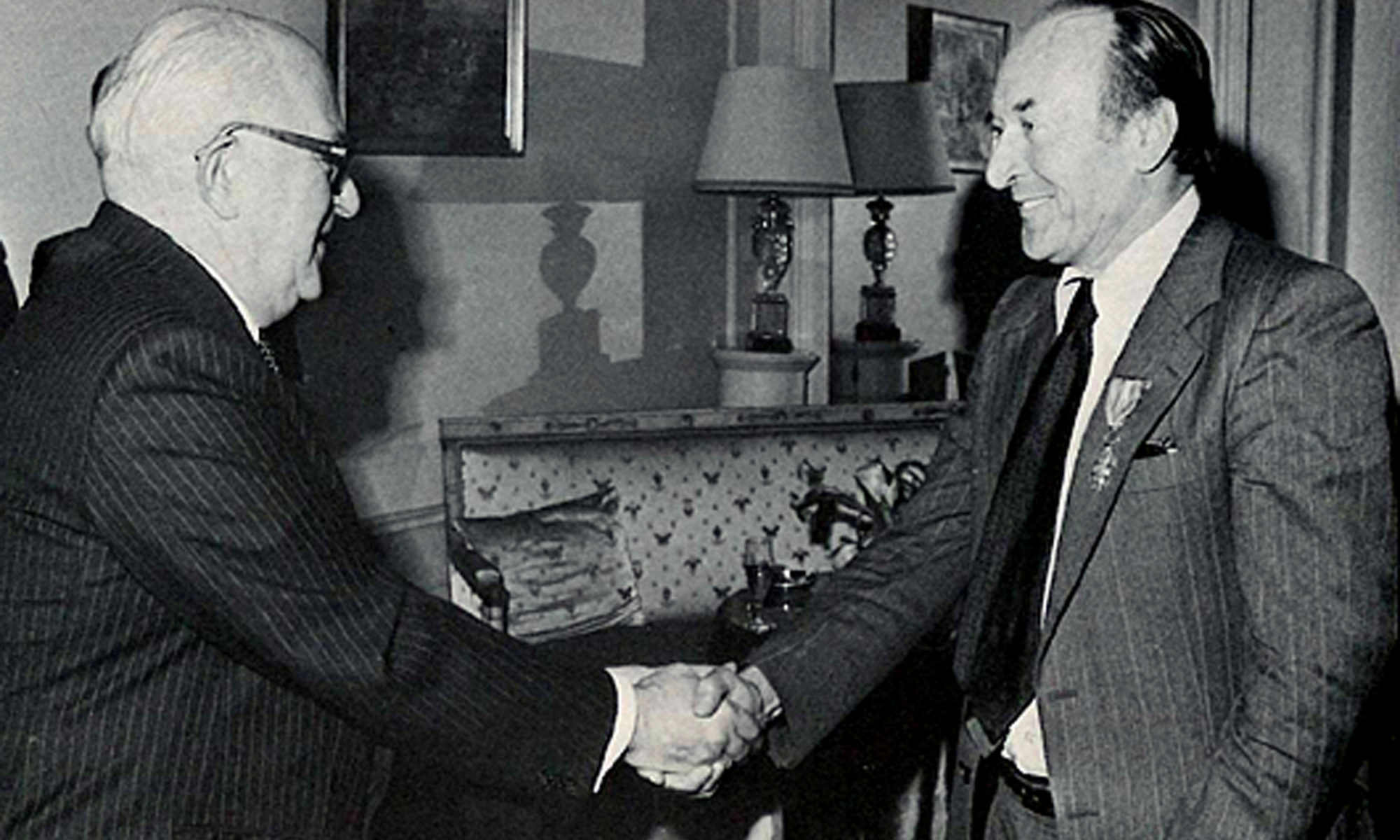Mr Frigg

The latter had a separate controller team stationed partly in Stavanger and partly in Paris, but with a dedicated cost controller in Stavanger. This reorganisation made the Norwegian oil capital more significant. The offices there and in Oslo had not been much used in the early development phase. Installation and hook-up work was now to be led from Stavanger. The reorganisation gave Curutchet new and expanded powers over the development.
He had already spent four years on Frigg. After the gas field was discovered in 1971, he was appointed head of a 10-strong team of experts to carry out preliminary studies, technical design and project management, and to get the whole project off the ground.[REMOVE]Fotnote: Curutchet had long experience from many different oil contexts. Joining Elf in 1957, he had worked with well-killer Red Adair to restore control over “the Devil’s Lighter”, a bad blowout in the Sahara in 1962. Subsequent appointments had included leading the development of Elf’s first oil field in the Persian Gulf and similar projects off west Africa.
The problem was that Curutchet and his team had no direct command over the development. The experts worked partly for him and partly for the rest of the Elf organisation. Curutchet could not take independent decisions on issues above a certain level of importance. His primary job was to coordinate, facilitate and ensure that the Elf management received the best possible foundation for taking the necessary decisions. In addition, he was in charge of the technical and administrative aspects of the project. This proved a sub-optimal solution.
Elf had insufficient capacity to exercise control. Its project organisation was small, and much authority was relinquished to the two consultant engineering companies which had secured the principal contracts. These were not only management and engineering consultants, but also suppliers.
McDermott was main contractor for management, technical design and control of all the steel platforms, while Brown & Root covered management, technical design and control of the links between these installations. Total was project manager for the two 32-inch pipelines to St Fergus and the MCP-01 compression platform.
Excessive authority had been given to the contractors. Planning and execution of the Frigg development had taken place mainly at McDermott and Brown & Root. The latter had replaced its management team several times. When these companies also based their operation on hiring in 80 per cent of the required personnel, it was difficult for Elf to secure an overall view of their operations.
The accident on 14 October 1974, when the DP1 jacket was lost, prompted a reorganisation which gave Curutchet greater authority. The responsible contractors had failed to do their job well enough, and Elf’s control over them had been insufficient.
Choice of development solutionAlwyn discovered
